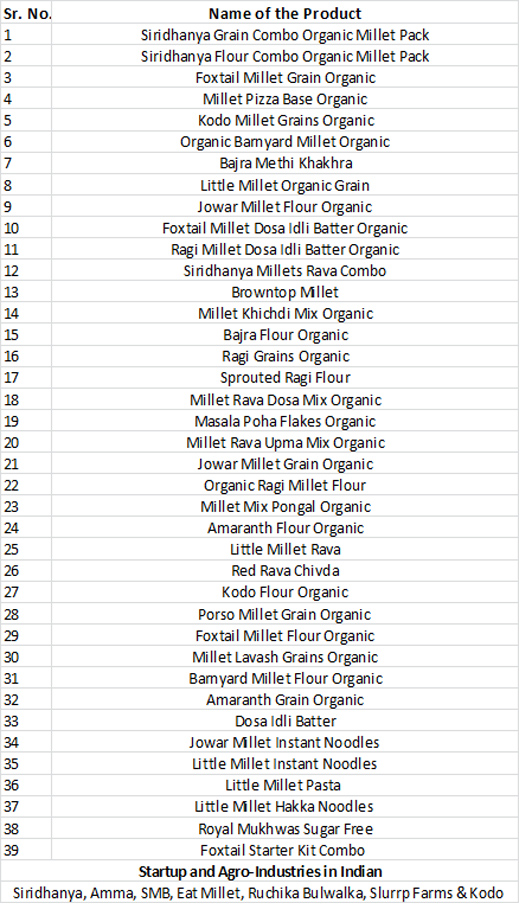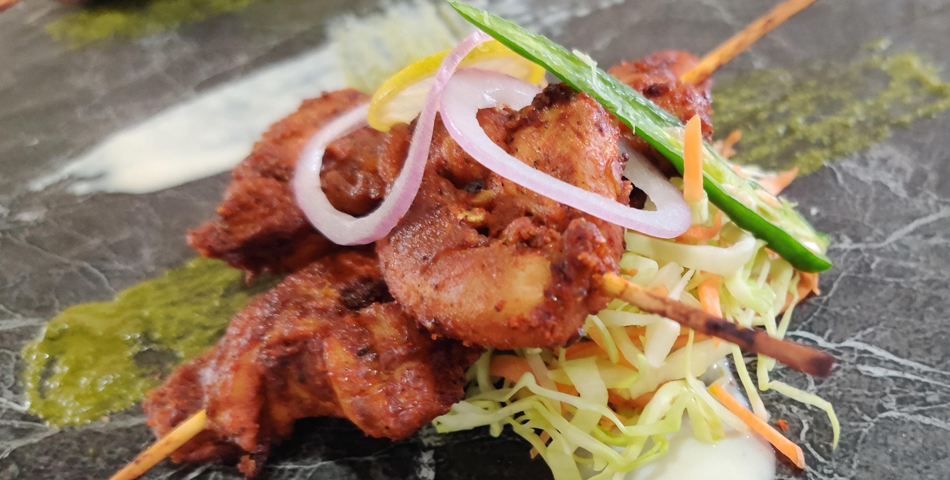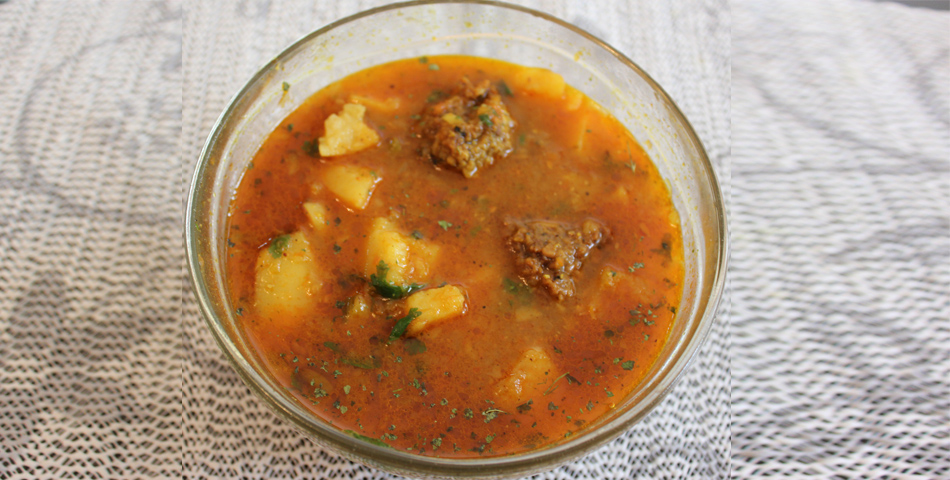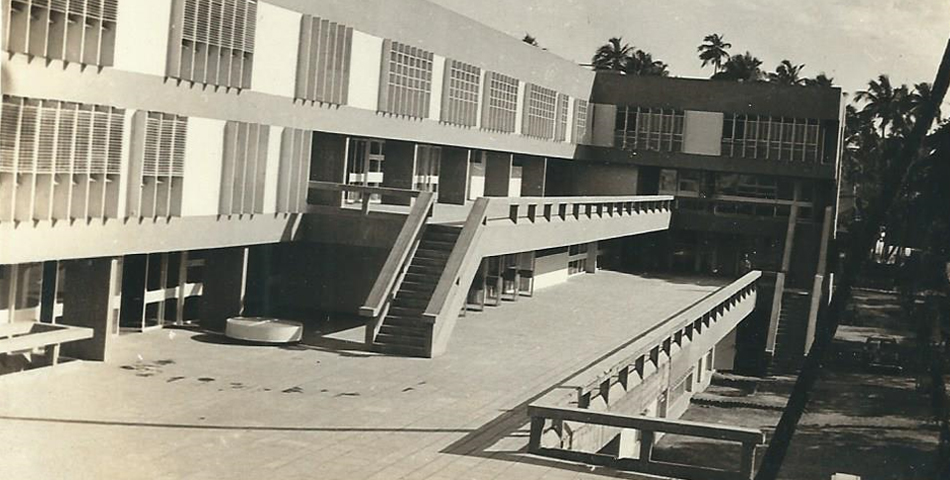
Millets are declared as nutria-cereals with the consistent efforts of India in the UNO.Narendra Modi has strongly raised this concern before the UNO and persuaded the world community, about the need of revival of soil nutrients in the world. Subsequently, UNO has declared the International Year of Millets 2023 (IYOM) and appealed to regain the lost prestige of millets (such as Jowar, Raggi, Bajra, Ramdana, Cheena and Saama) for the benefits of human kind.
India has launched the millet global movement entitles Shree Anna to benefit the large section of society. The history of richest civilization of the last 5000 years of Indian i.e., India have been procured the millets in everyday people’s lives. ICRISET mentions that ‘some of the oldest Yajurveda texts mentions the foxtail millet (priyangava), barnyard millet (aanaya) and black finger millet (Shyaamaka) and indicated the consumption pattern of millets from predating to the Bhartiya Bronze Age of about 4500 BC’ (2023). The rich history of Africa’s mankind denotes the use of millets on special occasions as well as in their daily lives. The archaeobotanical analysis in West Africa and L Champion explains that “the site of Tongo Maar’e Diabal (TMD) in Mali are composed primarily of pearl millet remains. The contemporary urban sites of the West African Sahel often comprise combined and diversified farming systems of millet (pearl millet and wild millet) and it spread south of the Niger river dates from 1900 to 1700 BCE” (2021: 1-9). African millets (broomcorn millet in particular) as material objects either supplied as a commercial value or developing cultural connection during the Indus valley period particularly in Lothal port in Gujarat signifies its vitality.
India and Africa continent reinforces its historical use of millets as a part of most proteinaceous diet having all essential nutrients for the human being, pastorals, and land soil. Millet is one of the three themes for the Indian Republic Day Parade tableaux of 26 January in the year 2023. The agricultural scientists of the globe have supported this mission of International Year of Millets 2023 (IYOM) that will encourage the ongoing task of goal one of ‘No Poverty’, goal two of ‘Zero Hunger’, goal three of ‘Good Health and Well Being’, and goal fifteen of ‘Life on Land’ under Sustainable Development Programme (SDG).
Mythic of Superior versus Inferior Food
Mothers during our childhood in Indian and Africa had served the full meal of millet porridge, oven baked millet bread, millet roti (of bajra, makka, jo, kuttu, jwari, & ragi) with milk ghee, oshikwila, injara, banku, ugali, nshima, fufu, tuo, kenkey, cooked millet, millet jollof, dosa, utpam, idly, kichdi, dalia, and similar food meals. All the complete food meal are having protein, carbohydrate, fiber, potassium, iron, sodium, calcium, and essential vitamins required for the human beings. The author remembered the drinking of Rabri prepared with bajra flour and yogurt, which minimized the effect of heat waves (loo in India and different names in Sahel Africa) during the months of May-July. Unfortunately, all the indigenous millet-based food varieties have become a misnomer in the globalized world and our children are drinking the cold drinks and other junk food in their daily lives. The question arises here that why the millet-based products advertised as untouchable food and the analysis come forward with the picture of rich versus poor man meals and superior versus inferior food. The analysis of global food market and their advertisements such as White Bread, Extra Milky-White Bread, white wheat flour for the round and white roti’s, carbonated cold drinks, extra sugar-based fruit juices, crystal shining pulses, big and white superior rice and broadcasting the propaganda on colour only and not on nutrition value of food. Further, a poor man roti is made of millets having green, brown, grey, yellow, dusty colour and a rich man is having white colour roti’s. As a result, the natural ingredients of the soil with the overuse of wheat and rice production have been vanished and the production of millet is kept only for the poor people. This globalized mythic of rich versus poor man diet needs to be broken to save soil, good health parameter and sustainable agriculture development and it will be discussed subsequently.
Millets Production to Promotion
The varieties of millets such as Pearl (bajra), Foxtail (kakum, kangni), Finger (ragi) Amaranth (rajgir, ramdana, chola), Little (moraiyo, kutki, sama), Sorghum (jwar), Buckwheat (kuttu), Browntop, Kodo, Proso, Barnyard, Broom corn, Taff, Fonio and others are found in Indian and Africa have been pivotal to rural self-reliance, food and nutrition and sustainable health. The production to promotion of millets initiates the active participation of agro-industry in Indian and Africa. The delegation of MoAFW of Indian has visited Nigeria and had lengthy discussion on the millets in the year 2023, as explained by Ahmed Shule. Various African nations perceive the success of the Green Revolution in Indian as a role model. Moreover, Indian remains focused on capacity building, human resource development and the transfer of technology and skills as a key ingredient of its policy.
Indian agro-industry has lunched the production of millets and has attracted the customers with the varieties of products mentioned in Table-1. Siridhanya Grain Combo Organic Millet Pack and Siridhanya Flour Combo Organic Millet Pack contains Kodo, Foxtail, Little Barnyard and Browntop having a balanced nutritional profile and Siridhanya Millets Rava combo contains Kodo millet rava, Foxtail millet rava, Browntop millet rava, Little millet rava and Barnyard rava works for healthy nutritional meal. Amazon has informed that ‘Indian is one of the largest producers and exporters of millets, which can also be grown in non-irrigated conditions and require minimal use of chemical fertilizers. By bringing attention to the highly resilient and self-sufficient properties of this crop, Indian aims to position millets as the crop of the future and will become a ‘Global Hub’ for its production. Several homegrown SMB brands and startups are bringing the heritage crop or ‘Miracle Grains’ in the form of easy-to-cook products for the modern consumer’. Amazon data revealed that the increasing number of millet product sellers across the country has joined the online selling as their innovation with traditional millets to fit the contemporary consumer’s diet. Indian sellers being a part of the global millets movement and contribute to mitigate climate change as millets are remarkable for their low intake of agricultural resources and high output of essential dietary nutrients. Indian sellers keeping the young customers in mind, they have successfully launched the breakfast menu with the millet cereal flakes to vermicelli, millet-based pizza, pasta, noodles, bread, burger, and many more and aims to provide a hassle-free and nutritious twist to consumers tables. The Startup such as Phalada Pure and Sure offers a wide range of millet-based instant food having an array of regional delicacies with a healthy twist in Gujarat and different states in southern Indian as mentioned in Table-1. These Startup has directly procured the ingredients from the local farmers. Eat Millet, one of the Startup came into market in the year 2018 with a wide range of millet-based meals product and provide supplement-free products and Ruchika Bhuwalka has established her medicinal qualities of millet-based food brand and provides traditional Indian alternatives to international breads such as pizza base and lavash, among others. Slurrp Farm another Startup has started from millet-noodles to super grain dosas and today produces a wide range of instant foods and mixes and aims to transform the toddlers, kids and dietary habits in the globe.
Table-1
Agro-Industry Promotion to Production of Millets

The agro-industry in Africa needs millets mechanization that will facilitate increase in productivity. The production boost in millet is the only way to initiate the agro-industry in Africa. It should be clear to all that once there will be surplus production of food in Africa, the agro-industry will get the input of raw materials to produce different food products and cater to the needs of urban as well as rural areas. More than hundred Indian companies have collectively invested US$2.50 billion in Ethiopia, Kenya, Madagascar, Senegal, and Mozambique. Indian produces agricultural tractors, mould board plough, disc plough, sub-soiler as primary tillage, spring loaded tillers, harrow, leveller, bund former, scraper, rotary tiller as secondary tillage, back hoe with tractor, laser grader, graders, scrapers with tractors as earth moving equipment’s. Mahindra & Mahindra, is the largest producers of Agricultural equipment’s in India. Along with it, Indian produces sowing machinery such as post hole digger, paddy planter, seed cum fertilizer drill, irrigation systems such as sprinkler systems, drip system, irrigation pumps like centrifugal pumps, stationary diesel engine driven centrifugal pumps, engine set, electric pumps and submersible pumps, sowing & harvesting machinery and post-harvest machinery. This agricultural mechanization will enhance the production as the land in Africa and promote agro-industries. Investment opportunities exist in seed production, manufacture of sprayers and organic pesticides, veterinary services, construction of cold storage facilities and refrigerated transport for horticultural and other perishable products.
Investment Opportunities in African Millet
Food security is the prime focus in developing the agriculture sector. The nature has gifted diverse agro-ecological zones in West, North and Southern Africa. Africa has abundant agricultural resources that attracts the investment opportunities in increasing the production from the smallholder farms to large-scale commercial farms. Following investment areas are identified such as:
Africa cultivates varieties of millet and Indian investors may invest in farm-level productivity and ginning efficiency, improving the institutional development and capacity-building of stakeholders, as well as strengthening of governance structures and management systems. Burkina Faso, Benin, Cote d ’Ivoire, Guinea Bissau, Mali, Niger, Nigeria, Ghana, Senegal and Togo are the major millet producers and guarantees right of full business awareness for Bhartiya investors and possibility of Joint Venture with West African business community. Injera, the favourite full meal in the kitchen of Eastern Africa contains teff and other millet known as the best healthy diet. Injera compares with the Indian dish of dosa having the same fermentation and cooking method. This region being a part of Intergovernmental Authority of Development (IGAD) consists of Djibouti, Eritrea, Ethiopia, Kenya, Somalia, South Sudan, Sudan, and Uganda is one of the best places for the cultivation of millet. Opportunities exist in production and export of products related to millet production. The vision for agriculture sector is to be innovative, commercially oriented and modern, offering the following investment opportunities in millet development, value addition and marketing infrastructure. Along with it, the investment opportunities in the millet agro-industry production and processing for exports in neighbouring countries. Uganda is east Africa’s food basket. Makerere University’s Faculty of Food Science and Technology in Uganda should work for the millet production in the barren land and invite the investors in agro-industry sector. Similarly, Britannia Allied Industries, a consortium of food processing firms should invest in millet-based food meals production. The agricultural sector in Africa is being re-engineered to cater for the arising needs of the global food security crisis with an increased diversification of millet production backed by modern techniques and technologies.
Conclusion
Indian and Africa agro-industry also require infrastructure development and grain buffer stock that will cater the basic requirements (such as vegetable oil, different products of milk and varieties of cereal food items) of the country along with employment generation.
Overall, millet agricultural investment depends upon the demand and supply of its production at the domestic level and attract global market for the millet products as a part of agro-industry. Indian and African government should develop a balance using green technology in the millet sector and ensure the farmers participation at all the level of decision making. This participation will develop enthusiasm among farmers and an understanding in building millet & cereal combination cohesive economy and will eradicate the absolute poverty in the long terms.

By Prof. (Dr) Suresh Kumar is a former Head and Coordinator (2015-19), Department of African Studies, Delhi University. He has traveled widely more than 40 countries in the world for research and teaching assignments. He deliberated his opinion in UNO, WPC, ECAS, CODESRIA, IBSA, BRICS-IKS and international media channels of BBC, Aljazeera (English), ABC (USA), Yomiuri Shinbun (Japan) and All India Radio. About 165 articles have been published in different books, journals and newspapers.
Dr. Vibha Gupta, Associate Professor, Department of Commerce, Lakshmibai College, University of Delhi.




Be the first one to post a comment